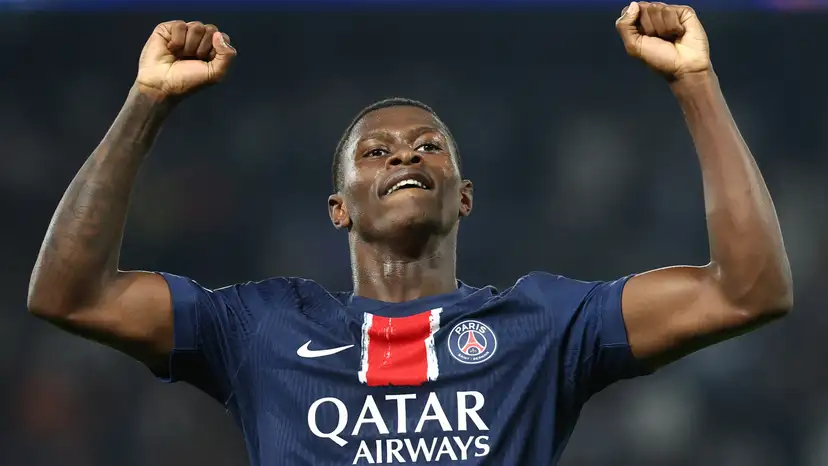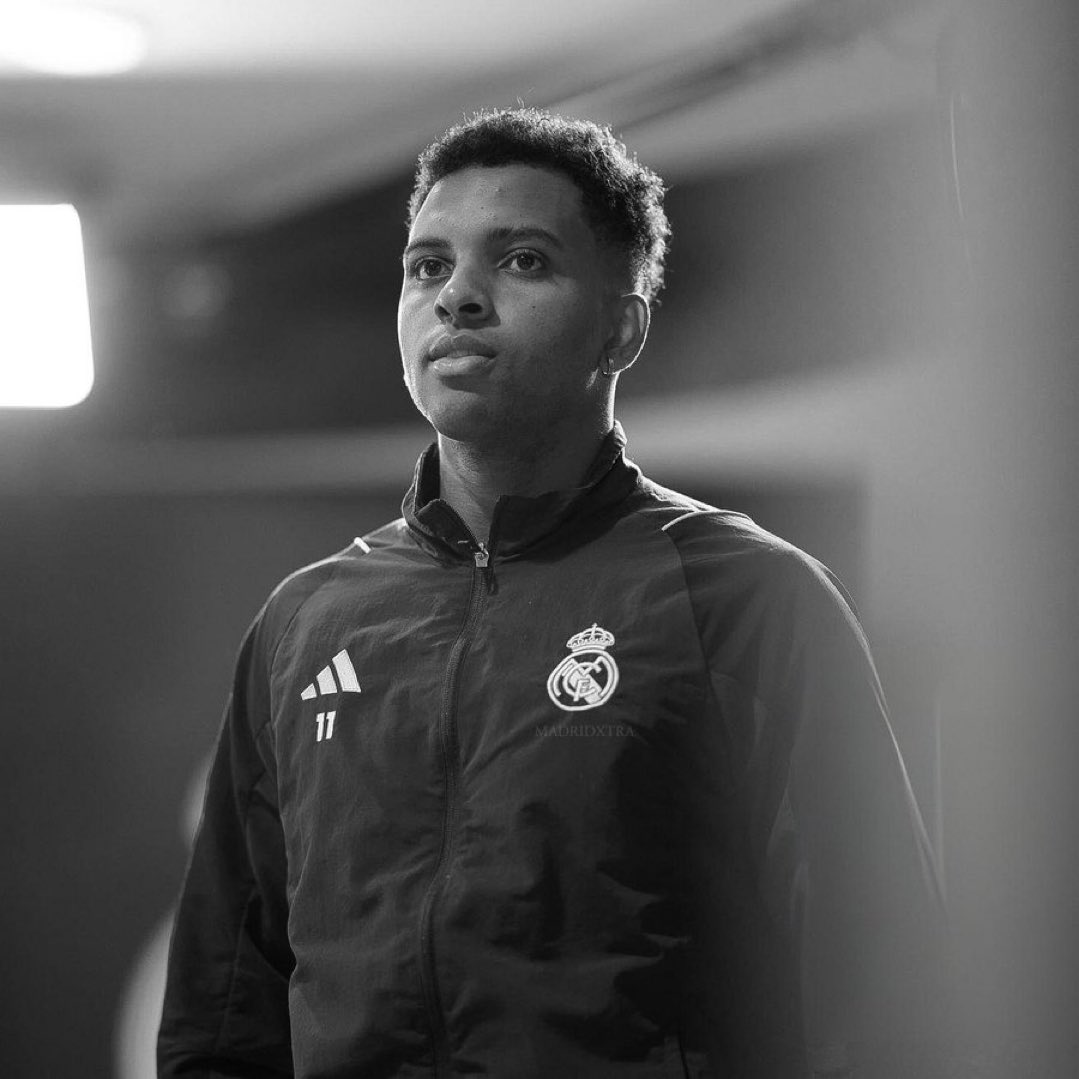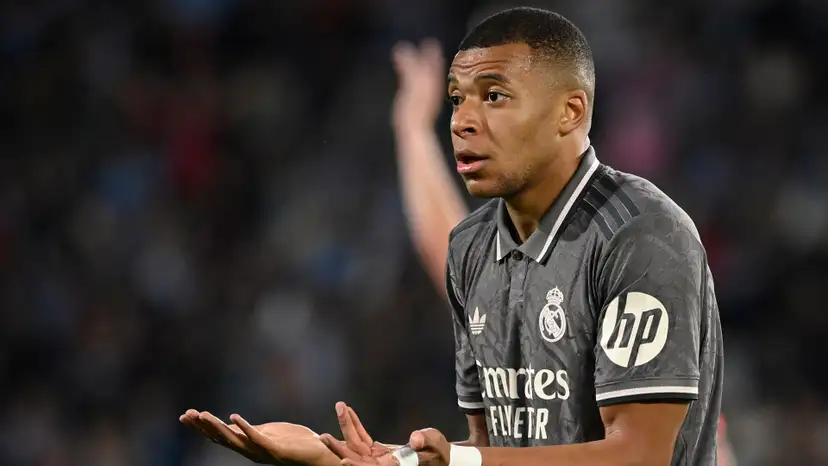
Football’s story doesn’t start under stadium lights, it starts on the streets. On dusty fields, open lots, and tight corners where kids turn bottle caps and even rolled up paper into makeshift balls. That’s where touch, instinct, and love for the game are born.
Before there are academies and contracts, there’s raw competition and pride. It’s where flair comes from, where control is learned the hard way, and where passion replaces structure. For every polished academy graduate, there’s a story that began with nothing but space, friends, and a dream. Grassroots football isn’t a lower level of the sport, it’s the sport in its most natural form.
Grassroots football represents what professional football used to be: unfiltered, competitive, and communal. It’s played for joy, not money. Local coaches, volunteers, and families keep it alive, building opportunities where none exist.
There’s no VAR, no cameras, and no agents, just competition and pride. Players play because they love to, not because someone’s watching. Every match feels personal, every goal celebrated like it matters to the entire neighbourhood. It’s football at its most honest where the game still belongs to the people who first fell in love with it.
Grassroots football has always been the foundation for every generation of stars. It’s where the world’s biggest talents learn improvisation, resilience, and creativity long before they ever meet a scout. Across Africa and South America, raw flair is shaped by informal games that teach players to think fast and move smarter. In Europe, structured community setups bridge that rawness with opportunity, while in North America and Asia, growing investment is giving kids more pathways than ever before.
The gap between street and stadium has narrowed. Scouts now look for players who’ve grown up in real environments, those used to chaos, pressure, and limited resources. That combination of instinct and discipline is what separates the good from the great. The professional game might polish players, but grassroots football builds their character.
Football history is filled with players who rose from humble beginnings. Didier Drogba didn’t touch a professional setup until his late teens, yet his early years in the streets of Abidjan shaped his strength and mentality. Sadio Mané grew up playing barefoot in Bambali, Senegal, chasing a dream that seemed too far away until scouts found him at a local tournament. And Marcus Rashford, raised through Manchester’s community setups, turned his platform into something much bigger, a symbol of both sporting and social impact.
These stories prove that talent doesn’t need luxury to flourish. What matters is hunger, the willingness to play anywhere, and the belief that football can change everything, because for many, it already has.
For all its beauty, grassroots football faces harsh realities. In many regions, there are no proper pitches, kits, or medical facilities. Coaches work with limited resources, often relying on passion rather than pay. Talented players drop out not because they lack ability, but because they can’t afford boots or transport to training.
Exposure is another hurdle. Scouts can’t be everywhere, and many gifted players remain unseen. The gap between opportunity and talent is wide, especially in developing countries. Grassroots football gives hope, but without funding and visibility, that hope can fade fast. The potential is there but the structure and support to help it reach the surface is not.
The new generation, however, has one tool the older ones didn’t, visibility. Technology has changed everything. A single clip on social media can put a player in front of millions, and scouts now rely on digital reports and analytics to discover talent beyond traditional networks.
Clubs monitor youth tournaments through streaming platforms, while agencies track regional competitions online. Players are using phones as scouting tools, recording games to get noticed. The game has evolved from word-of-mouth to worldwide exposure. Grassroots football is increasingly getting seen and that’s closing a gap that once felt impossible to bridge.
Big clubs and football bodies are starting to understand that the next generation won’t just come from polished academies, it’ll come from the ground up. That’s why investment in grassroots football has become a long-term strategy, not charity. The Premier League now funds community pitches and youth initiatives across England. FIFA’s Forward Programme helps local federations build structure where none previously existed. Even top clubs like Barcelona and Dortmund run outreach projects that support youth setups outside their regions.
It’s a cycle that sustains the sport, discovery, development, and reinvestment. When grassroots football grows, everyone benefits: clubs find talent, federations find identity, and communities find purpose.
Almost every superstar’s story started the same way with a ball, a dream, and a rough patch of ground. Grassroots football isn’t a side chapter of the sport; it’s the foundation that keeps it alive. It represents football’s most human side, where ambition meets simplicity, and where love for the game matters more than money or spotlight.
Even as football becomes more global, more commercial, and more polished, it always comes back to the same place, the streets, the pitches, and the kids playing just to play. That’s where generations of talents to come are still being made.








